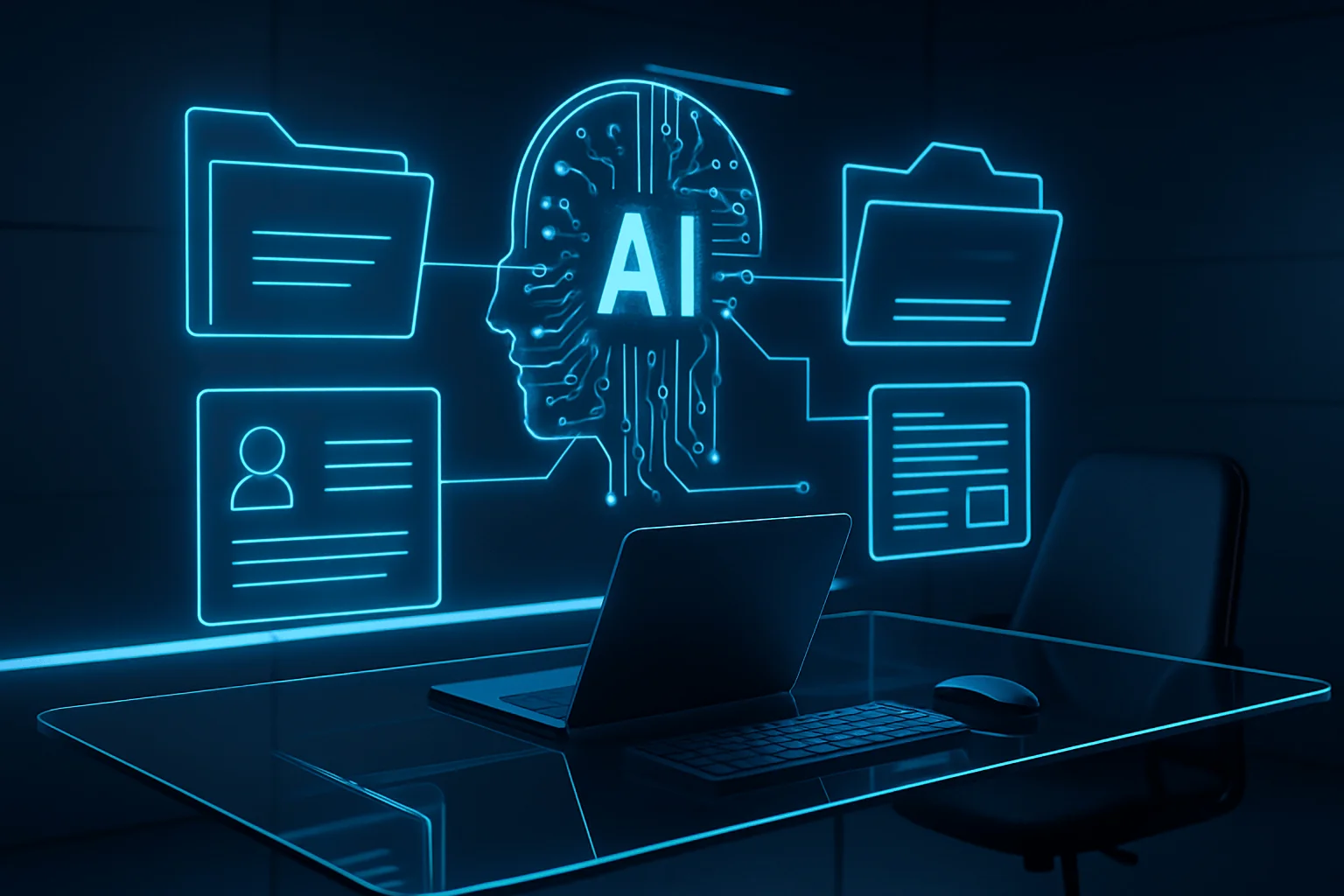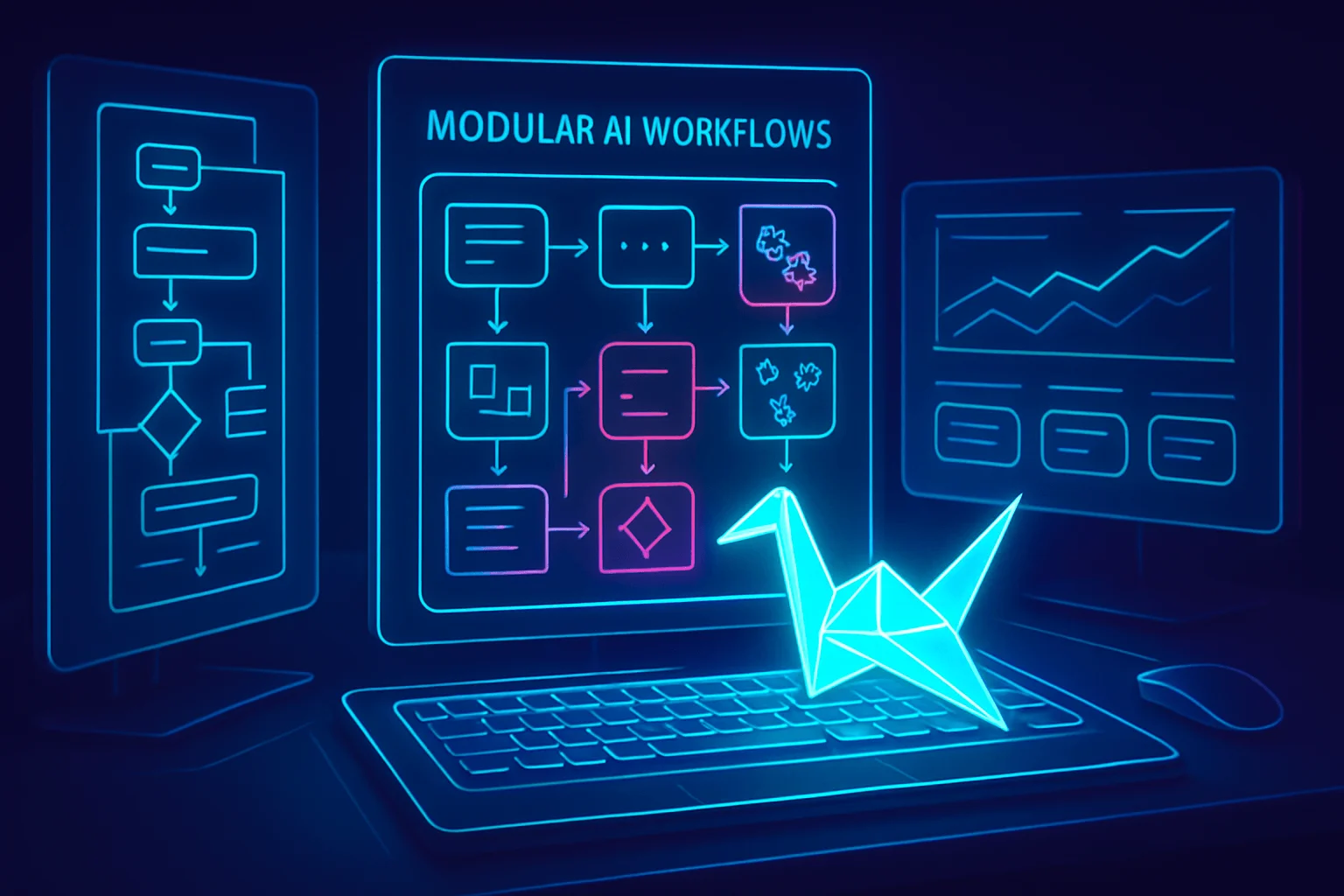Streamline New Client Processes Using AI for Effortless Integration

Imagine welcoming a new client and—within minutes, not days—having all the paperwork completed, systems linked, and communication channels open, without a single email thread gone astray. In today’s hyper-competitive business landscape, first impressions set the tone for lasting partnerships, and a seamless onboarding process is crucial not just for client satisfaction, but for your team’s productivity and peace of mind. Yet, many organizations still grapple with manual data entry, redundant forms, and missed steps that can sour relationships before they begin. This article explores how artificial intelligence is transforming client integration from a cumbersome chore into a streamlined, strategic advantage. You’ll discover the pain points AI can eliminate, how automated workflows boost efficiency and accuracy, and practical strategies for implementing AI-powered tools—ensuring your new client relationships start strong and stay strong. Prepare to take a closer look at the technologies leading this change, real-world examples of effortless onboarding, and actionable tips to future-proof your client acquisition process.
Automated Document Collection and Verification
One of the most time-consuming aspects of onboarding new clients is gathering and verifying essential documents. With AI-powered workflows, organizations can eliminate endless back-and-forth emails, reduce manual intervention, and accelerate the verification process. Smart intake forms combined with document recognition and validation engines enable secure, fast, and frictionless collection and scrutiny of KYC, compliance, and contractual paperwork.
Workflow Steps:
- Send secure, AI-generated document requests to new clients via email or portal link.
- Clients upload documents; AI automatically classifies and extracts relevant data fields (e.g., company registration, ID, bank details).
- AI cross-verifies document authenticity using databases or image analysis (e.g., watermark detection, signature matching).
- Real-time notifications alert staff of completed uploads or potential discrepancies.
- All verified data is centralized within the client profile in your CRM or document management system.
Best Practice:
Always configure your AI-driven document workflow to include exception handling—flag ambiguous files for human review to avoid false positives or negatives impacting compliance.
Mini Scenario:
A boutique consulting firm onboards a global client. Instead of asking the client to email scanned documents, they provide an AI-enabled link. The client uploads business licenses and identification. The AI validates the document edges, matches logos against a reference set, and auto-populates the CRM with company details. Only a flagged mismatch in an ID triggers a compliance officer’s intervention, saving days compared to traditional methods.
Dynamic Client Needs Assessment Using Conversational AI
Understanding your client’s objectives, requirements, and preferences is fundamental to delivering tailored solutions. AI-driven chatbots and digital assistants can interact with clients in real time, collecting nuanced insights and surfacing key focus areas to your onboarding team. These tools streamline needs analysis, ensure consistency, and capture more detail than static forms.
Workflow Steps:
- AI chatbot reaches out via preferred client channel (web, SMS, Slack, Teams, etc.) to initiate needs assessment.
- Conversational AI asks customized, context-aware questions based on client segment or previous answers.
- The AI summarizes responses, highlights actionable insights, and identifies service gaps.
- Automated routing of summarized insights to relevant teams (e.g., sales, compliance, delivery).
- Pre-populated intake forms or proposal drafts are generated based on the AI’s findings.
- Automatic follow-ups triggered if clients leave the process incomplete.
Best Practice:
Integrate your conversational AI with your CRM so every interaction updates the client’s profile, providing a continuously evolving 360-degree view.
Mini Scenario:
A SaaS provider uses a branded AI assistant to interact with new enterprise clients immediately after contract signing. The assistant asks about preferred integration methods, desired reports, and user roles. After a 10-minute dialogue, the platform generates a deployment plan for the technical team and a customized welcome packet for the client, minimizing manual questionnaire fatigue and boosting client satisfaction.
Automated Internal Approvals and Task Assignment
Once client information is gathered and requirements are clear, most organizations require internal signoffs and coordinated task handoffs across departments (legal, finance, IT, etc.). AI-powered workflow engines excel at mapping out approval chains and automating routine task allocation, ensuring no step is skipped or delayed.
Workflow Steps:
- Centralized intake triggers AI-driven approval routing based on deal size, client type, or risk profile.
- Automated task creation for onboarding stakeholders—each with clear deadlines, dependencies, and notifications.
- AI monitors progress, predicts bottlenecks, and prompts escalation if approvals stall.
- All actions and decisions are logged for compliance and accountability audit trail.
Best Practice:
Leverage AI insights to continuously refine routing logic (e.g., dynamically skipping unneeded steps for pre-vetted clients), optimizing both speed and regulatory compliance.
Mini Scenario:
A fintech company implements an AI automation platform that, upon collecting all required documents and client responses, instantly reviews risk factors and routes client files to the right compliance officer. Simultaneously, it creates tickets for IT to provision accounts and legal to review contracts. If a task is overdue, smart nudges are sent—and leadership is alerted in persistent cases. The entire workflow that used to rely on spreadsheets and manual tracking is now orchestrated seamlessly, cutting onboarding time from weeks to days.
Continuous Client Progress Tracking and Engagement
Onboarding isn’t finished when the paperwork is done. AI can proactively monitor each client’s journey, collecting feedback, flagging roadblocks, and triggering engagements to keep clients informed and delighted. This ensures a transparent, reassuring experience that reduces drop-offs and accelerates satisfaction.
Workflow Steps:
- AI continuously monitors onboarding stages and detects inactive periods or unmet milestones.
- Automated, personalized status updates sent to clients at key stages (e.g., “Your integration is 75% complete!”).
- If AI senses unusually long delays or negative feedback, it triggers tailored support (e.g., escalated helpdesk ticket, or scheduled call).
- Sentiment analysis applied to client communications to gauge satisfaction.
- Post-onboarding, the AI schedules a tailored check-in to ensure long-term success.
- Compiles engagement analytics to guide future onboarding improvements.
Best Practice:
Regularly calibrate your AI’s engagement cadence based on client feedback; too frequent messages can annoy, too few can lead to confusion or disengagement.
Mini Scenario:
A digital marketing agency welcomes a new retail brand customer. Throughout onboarding, the client portal shows a dynamic progress bar. When onboarding materials pause for finance, the system sends a friendly, personalized status update. The AI notices a negative tone in a client’s reply during this stage and flags the account manager to place a proactive call. The timely intervention resolves confusion, turning a potential churn into a long-term advocate.
Common Challenges
While AI-driven onboarding workflows can deliver speed and efficiency, there are specific pitfalls to anticipate and avoid.
-
Over-Automation: Leaning too heavily on AI without allowing for human touchpoints can erode trust or miss nuanced client expectations, especially for high-value or complex clients who need personalization.
Solution: Define decision gates in your workflow where human review or personalized outreach is always triggered for certain scenarios, such as VIP clients or ambiguous feedback.
-
Data Silos and Integration Breakdowns: AI workflows are only as effective as the data they can access. Incomplete or unintegrated systems (CRM, document management, chat systems, etc.) can undermine even the smartest automations.
Solution: Prioritize integration when selecting AI tools, using connectors or middleware, and mapping a unified client journey across all touchpoints.
-
Quality and Bias in AI Models: Incomplete training data or misconfigured models can cause errors (e.g., misclassifying documents, missing important client cues), leading to poor user experiences or compliance risks.
Solution: Regularly audit and retrain your AI systems, including real-world edge cases in your test data, and empower staff to override or correct AI outputs.
Overcoming Challenges:
“AI should empower—not replace—your team and client relationships. Continually review your workflows, invite stakeholder feedback, and ensure systems are transparent and adaptable to human intervention.”
FAQs
How do I balance automation with necessary human involvement in client onboarding?
Begin by mapping your ideal client journey and identifying points where human expertise or relational touch is critical—like clarifying ambiguous data, handling exceptions, or relationship-building with strategic clients. Configure your AI workflows to automatically escalate to human handlers at these key steps. Additionally, provide easy override mechanisms within your workflow tools, so staff can intervene when AI can’t provide satisfactory resolution. This balance maintains both efficiency and client-centricity.
What should I consider when selecting AI workflow tools for client onboarding?
Look for tools with strong integration capabilities—open APIs, compatibility with your core platforms (CRM, DMS, communications), and out-of-the-box connectors. Prioritize features such as customizable workflow logic, transparent AI decision logs, and simple exception handling. Evaluate the vendor’s data privacy and compliance credentials, and test their AI model’s accuracy with real client scenarios before full deployment. Consider the scalability of the solution as your client base or needs evolve.
How can I ensure data privacy and compliance with AI-driven onboarding?
Implement robust access controls within your AI platforms—only authorized users should see or manipulate sensitive client data. Use encrypted data transfer and storage, and ensure the solution’s built-in compliance features (such as GDPR or SOC 2 certifications) meet your regional regulatory requirements. Finally, maintain clear client consent protocols and provide transparency by informing clients about what data is collected, how it’s used, and their rights under applicable data protection laws.
By embracing AI-powered workflows, you can transform new client onboarding from a complex challenge into a streamlined, engaging experience—saving time, reducing errors, and impressing clients from day one. Today, standing out means making integration frictionless and personal, and the tools and strategies discussed here give you a strong foundation. As digital expectations grow, leveraging automation isn’t just innovative; it’s essential. Consider what your onboarding journey could look like with less manual work and more meaningful connections. Ready to elevate your process? Share your thoughts below, or subscribe for more insights on harnessing AI for business growth.



